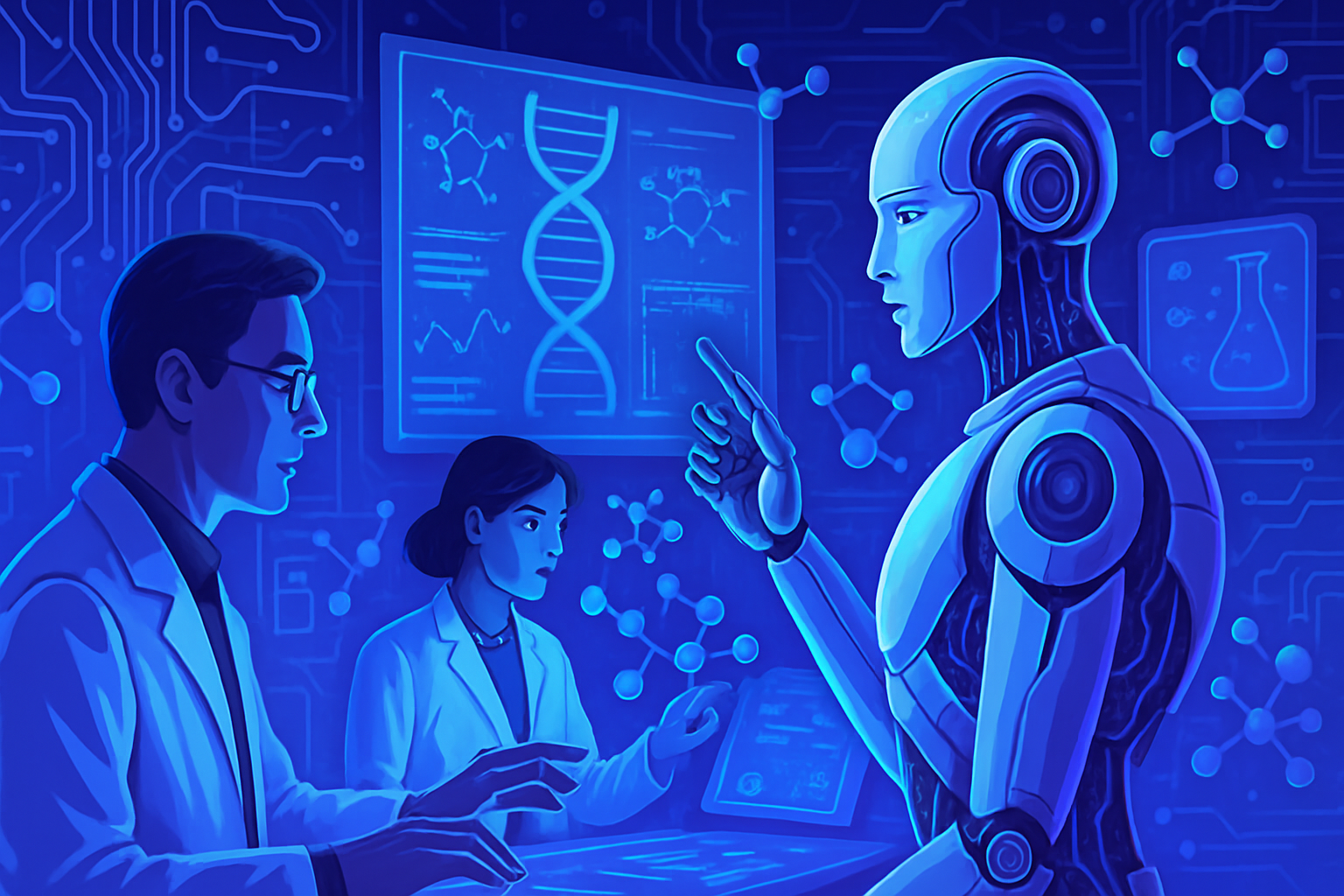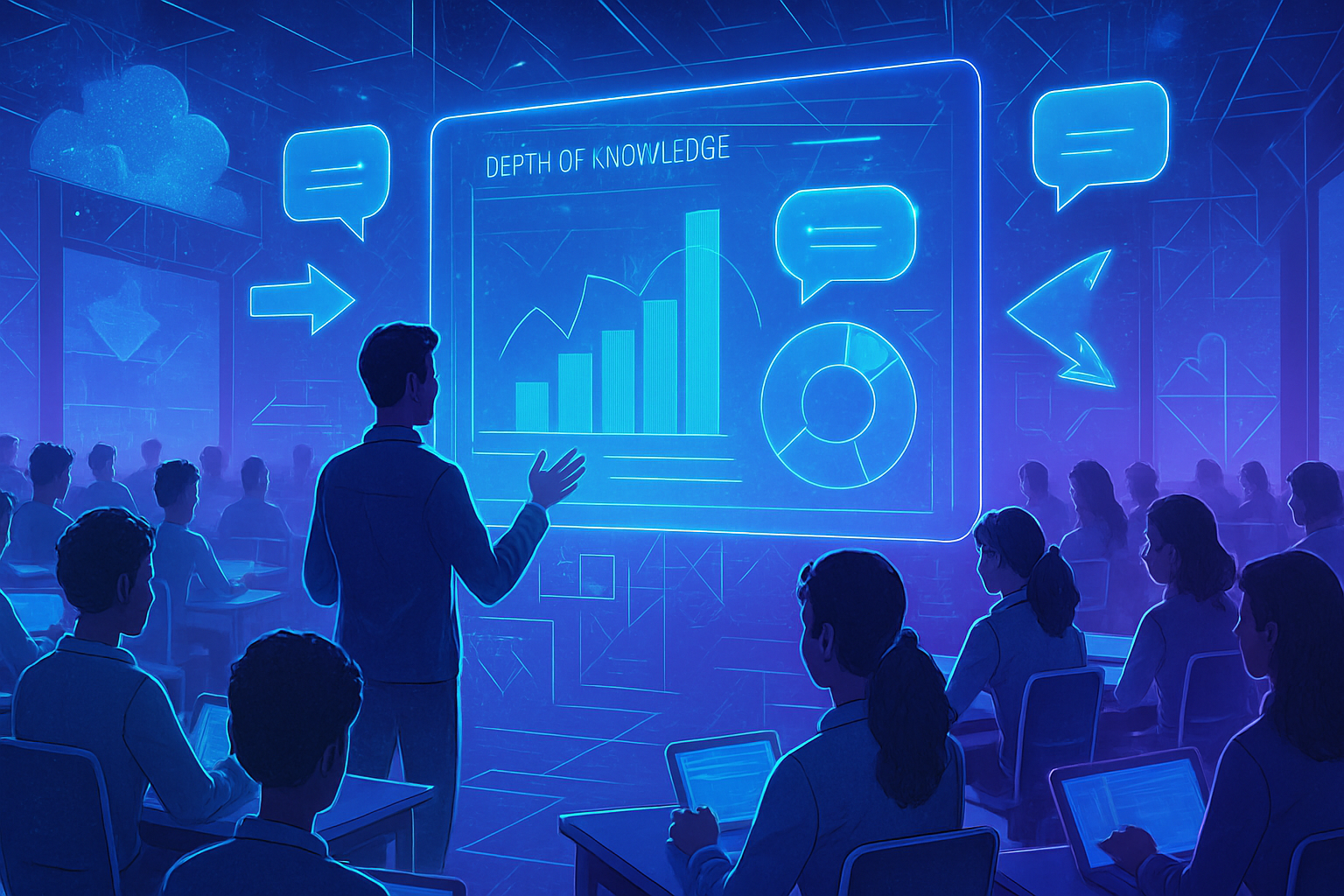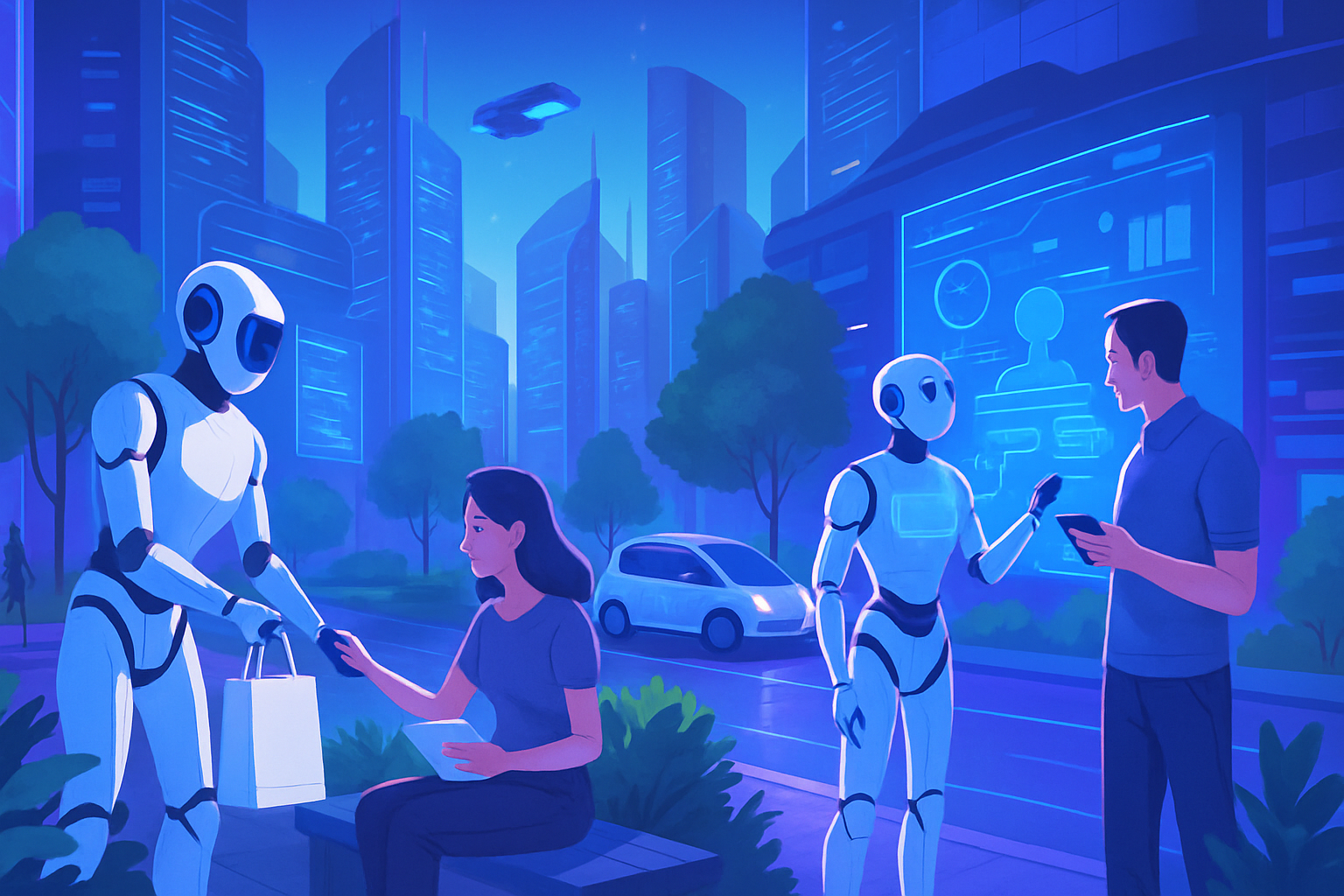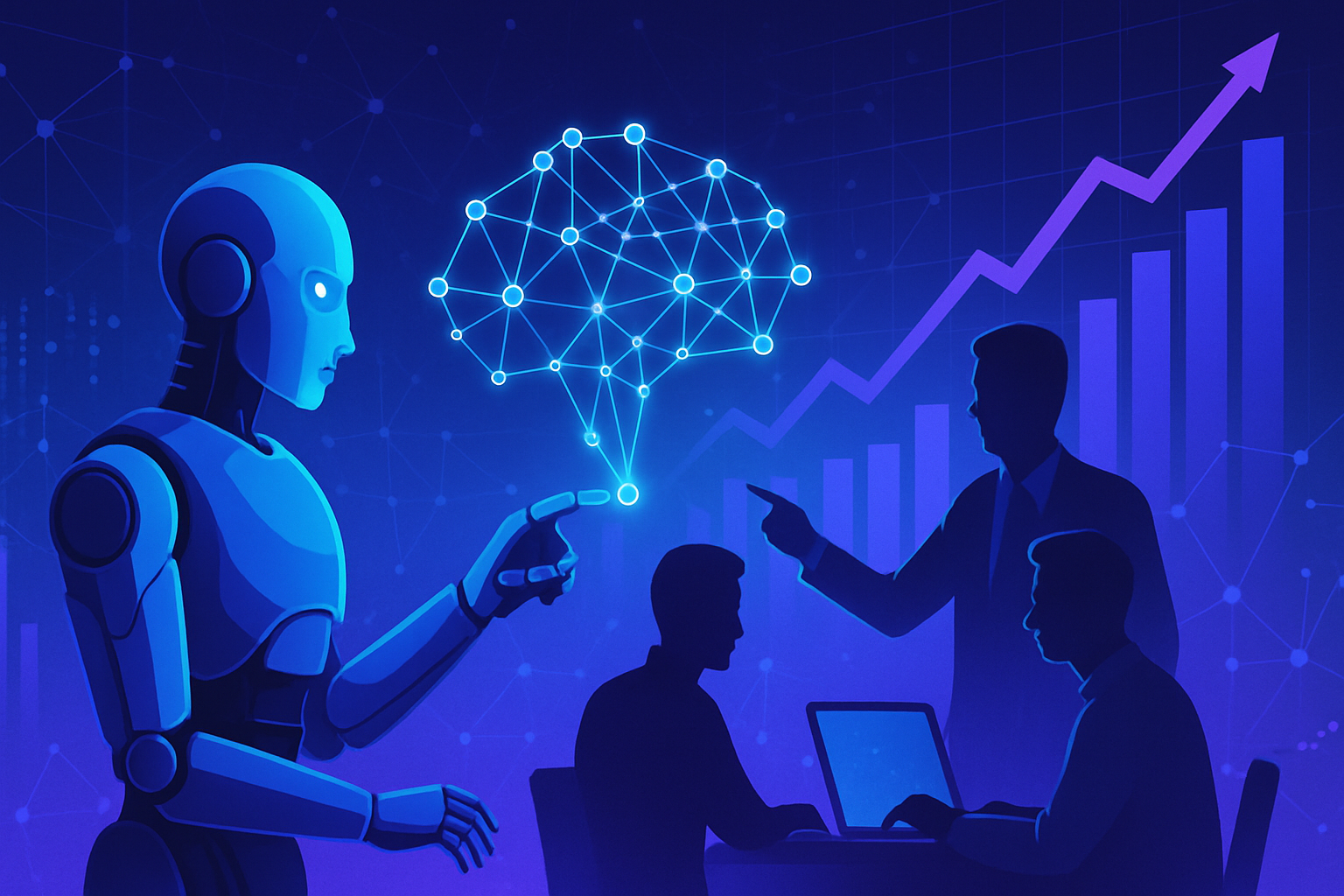Inaccurate AI responses raise increasing concerns. Interacting with artificial intelligence systems, such as ChatGPT, reveals surprising aberrations. Accuracy clashes with the fundamental limitations of these technologies. Users, eager to obtain reliable information, must navigate an ocean of often unreliable data. Recent studies shed light on the reasons behind these singular and perplexing hallucinations. Each request formulated imprecisely risks generating a puzzling response, thereby fueling confusion. The stakes are heightened with the growing use of artificial intelligence models, revealing a less flattering side to this technological advancement.
AI hallucinations: a widespread phenomenon
Many artificial intelligences, such as ChatGPT, Grok, or Google Gemini, can generate fantastical or incorrect responses. Users have often encountered assertions that seem coherent but turn out to be factually incorrect. According to researchers, these incidents, termed hallucinations by the scientific community, are not rare, representing up to 10% of requests, according to a study from Stanford University.
Short questions: a source of confusion
The study recently undertaken by Giskard highlighted the impact of questions posed concisely. These requests, often deemed imprecise or ambiguous, can completely confuse AI models. The simplicity of certain questions dismisses the necessary context for adequate interpretation, increasing the risk of inaccurate responses.
AI models and their propensity for hallucinations
Research clearly demonstrates that certain artificial intelligence models are more sensitive to these errors. Paradoxically, tools considered advanced, such as OpenAI’s GPT-4o, rank among the most susceptible to hallucinations. Indeed, this tool, used by one in ten users globally, raises serious questions about its integrity regarding information.
The Giskard report also includes other models, such as Mistral Large and Claude 3.7 Sonnet from Anthropic, highlighting a widespread issue within several AI systems. This diversity shows that hallucinations are not limited to less sophisticated technologies.
A user experience at the expense of accuracy
Faced with massive adoption of artificial intelligences, companies must navigate delicate choices concerning user experience. The trend to provide short answers encourages easier and more economical use but risks promoting misinformation in the long term. A balance between practicality and reliability seems necessary to avoid potential pitfalls.
A critical analysis of recent data emphasizes that alarms over hallucinations should not be brushed aside. The incidence of false information could have severe repercussions, particularly in contexts where truth is paramount. To illustrate this point, several recent articles address the concerning impact of erroneous data generated by AIs on various topics, such as those discussed by Alaska or new technologies utilizing artificial intelligence.
Frequently asked questions regarding why AIs like ChatGPT can provide erroneous information
Why do artificial intelligences like ChatGPT produce inaccurate responses?
Artificial intelligences may produce inaccurate responses due to their reliance on biased data, misinterpretation of queries, and the inherent limitations of their learning algorithms.
What is a hallucination in the context of artificial intelligences?
A hallucination refers to a response generated by an AI that is completely fictitious or inaccurate, without any basis in the training data. This can result from vague or ambiguous questions.
How does the phrasing of questions influence an AI’s responses?
Short or poorly phrased questions can lead to imprecise responses, as the AI may lack the necessary context or information to provide a relevant answer.
What is the extent of hallucinations in current AI models?
Studies show that up to 10% of requests can lead to hallucinations, and some advanced models, such as GPT-4o, are more likely to produce erroneous responses.
Are the most sophisticated AI models exempt from errors?
No, even advanced AI models can produce errors. The study revealed that reputed models such as GPT-4o and Mistral Large can also be prone to hallucinations.
What solutions can be implemented to reduce AI errors?
To limit errors, it is advisable to ask clear and detailed questions. Furthermore, verifying the information produced by the AI against reliable sources is essential.
What impact can inaccurate AI responses have on users?
Inaccurate responses can lead to misunderstandings or misinformation. This poses a high risk, especially when critical decisions rely on AI recommendations.
Why is it important to verify information provided by an AI?
Verifying information is crucial because even if an AI appears reliable, it may provide incorrect data, thus influencing decisions based on these responses.






